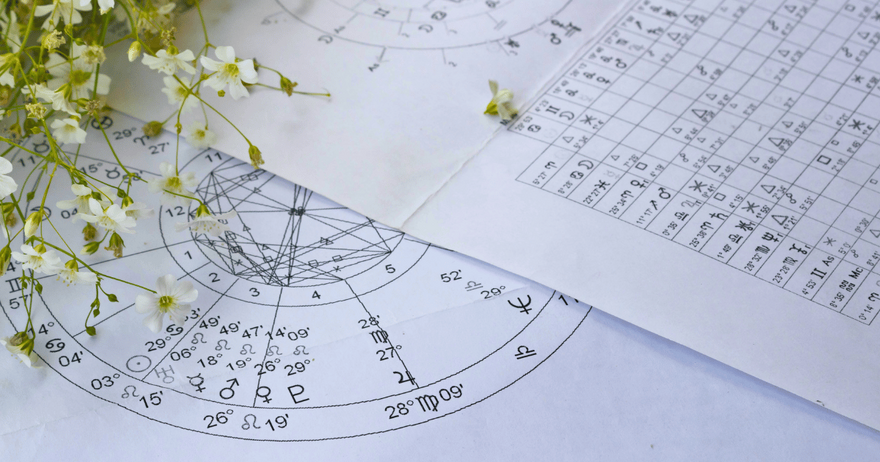Color Symbolism of Gray – A Tangent of Balance & Neutrality
Colors symbolize emotions, so much, so that they influence our thoughts and make us perceive things differently. Through ages, colors have been given varying connotations, driven sometimes by their natural occurrences, while some others by their distinct associations with certain elements. Gray color is a mix of two colors with exactly opposite properties and therefore, carries the qualities of both. White and black colors in varying combinations, give the various shades of gray color. White is a color that reflects all light and appears the brightest. Therefore, the color symbolism of gray is matched with abundance and illumination. Black, on the other hand, absorbs all light and reflects nothing. This makes it the color of the hidden and nothingness. The two constituent colors of gray have an effect of counterbalancing each other’s attributes. Therefore, it is strongly associated with balance and neutrality.
‘Gray area’ is an expression used to describe murky elements, which can be neither considered positive (symbolized by white) nor negative (symbolized by black). Gray is linked with sadness and despondency. This interpretation is derived from occasional gray clouds in the sky that prevent sunlight from reaching the Earth, thereby creating a depressing atmosphere. Artists through the various sects of painting have used gray skies to highlight unhappiness and sentiments. Renaissance painters used the shades of gray for painting the clothing of the peasantry, the bourgeois, and the underprivileged, which were a real life depiction and a technique for highlighting the other significant aspects of their pieces. The holy men and the hermits of the Elizabethan era in England also used gray clothing to signify simplicity. Gray was a popular choice of the European painters for creating under painting, which a monochrome basic painting used as a base for the full-fledged colored painting. One of the classic examples of a gray scale under painting is Jean Auguste Dominique Ingres’ ‘Odalisque.’
In the European nations, the color symbolism of gray advocated mourning, death, and lamentation, because of the color of ashes. The Biblical interpretation of gray is repentance, selflessness, purity of thoughts, fasting, and worship. It is linked with the season of ‘Lent’ (days immediately preceding the Holy Week). Gray is universally symbolizes intelligence, due to its reference to the gray neurons in the brain. Gray can be used in combination with different colors. The color scheme in such cases derives its essential character from the other colors being used. Gray color individually portrays formality, sophistication, seniority, deference, experience, wisdom, reliability, traditions, security, vegetated life, lack of distinction, sentiments, demise, dirt, and pollution.








